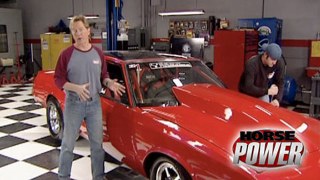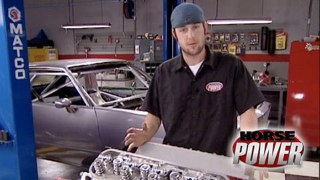More EZ Boo Episodes
HorsePower Builds
Want more content like this?
Join the PowerNation Email NewsletterParts Used In This Episode
ARP
Plus eight extra for raised deck exhaust port.
Chevrolet Performance
Timing chain.
Crane Cams
Valve springs, retainers, locks, mikronite finished.
Flex-a-lite Automotive Division
FLEX-A-FIT radiator and fan package.
Flowmaster
Super 44 Flowmaster Mufflers.
Honest Charley
Inner lower door panel.
JE Pistons
Skirt coated, rings and locks.
Moroso
Gen VI 6 quart Oil Pan
MSD Ignition
Lazer guages/display unit.
ProCharger SuperCharger
F-2 Procharger, air to water intercooler, brackets and pulleys.
School of Automotive Machinists
Machine work, install pistons and rings from JE Pistons. (SAM)
Summit Racing
Timing cover.































